2025 – CHW (images to follow)
A second clutch of Pied wagtail eggs in the wood pile.
Camellia x williamsii ‘New Venture’ which we showed at Rosemoor this year has been given an ‘Award of Merit’ by the RHS Woody Plant Expert Group. This was bred by Philip Tregunna and named to celebrate the opening of Burncoose Nurseries in 1984. The cross was between Camellia saluenensis and Camellia japonica ‘Gauntlettii’.
Clematis uncinata climbing up through a Camellia sasanqua.
A tail end flower on Stewartia pseudocamellia at Burncoose.
The new charging machine is installed at West Portholland.
Hydrangea ‘Hobella’.
Hydrangea ‘Taube’.
2024 – CHW
Gevuina avellana reshooting well.
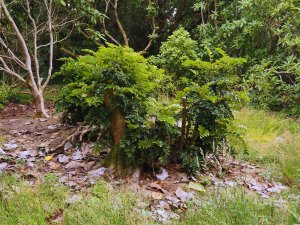
2023 – CHW
Back in Seaview and the ancient Pittosporum tenuifolium in the garden has sunk over even more, so further branches have had to go. The insurance company once got stroppy about the threat to the house. No need to worry now as it will fall the other way.
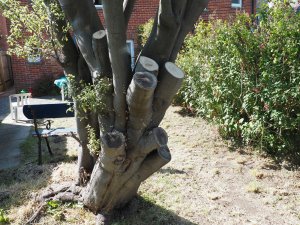
2022 – CHW
A visit to the delightful and beautifully maintained gardens at Kiftsgate Court thanks to Max & Anna Kendry. In marked contrast to Ventnor Botanics, as I told who I think was the owner; Johnny Chambers. There is no predominantly herbaceous garden in Cornwall anywhere near as good as this. Wonderful planting combinations, great views over the valley below and signs of labels, care and maintenance everywhere. A true gem and the best new garden I have visited since the 2019 lockdown. Only a few hundred yards from Hidcote, but who would bother with the National Trust when the ascendency of the private sector was so obvious here. Amazing what Mediterranean species were growing facing west in the lower garden. Good mature magnolias, great pruning on the Magnolia delavayi on the house, the best Populus lasiocarpa I have ever seen. Outstanding in every respect and I look forward to returning at a different time of the year to take in more.
The view over the valley with a young aralia in the foreground. How many miles?
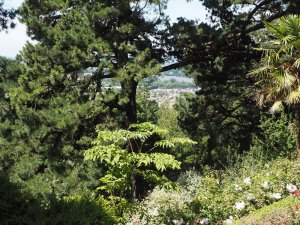
Another smart tour of Ventnor so not so much time for ‘nicelys’ but still managed 69.Wisteria brachybotrys I assume with its last few flowers. Very vigorous with huge leaves growing in the newly planted Japanese garden near the sea.
A day to look at Meliosma dilleniifolia and its subspecies (which were previously species in their own right) to try to see what we actually have growing here. These are July flowering, spreading, tiered shrubs which may make small trees eventually. ‘New Trees’ indicates that the latest classification is now as follows:Meliosma dilleniifolia (upright panicles of flowers)
Meliosma dilleniifolia subsp. cuneifolia (plumes of creamy white flowers with hawthorn-like fragrance)
Meliosma dilleniifolia subsp. flexuosa (pendant terminal panicles of fragrant white flowers)
Melisoma dilleniifolia subsp. tenuis (pyramidcal nodding panicles of tiny creamy yellow flowers)So not an easy starting point with around eight plants of different ages (three to fifteen years old) to look at all with labels which may well be wrong today and nearly all bought over the years from Mark Bulk’s nursery and elsewhere in Holland. Tom Hudson has just given us a cutting of an unnamed Meliosma species which he grew from botanic garden seed originating in the wild some time ago which adds to the confusion. At least the other Meliosma species growing here are rather easier to identify:Meliosma pungens (now Meliosma simplicifolia subsp. pungens – original Chinese introduction here which still survives)
Meliosma alba (formerly Meliosma beaniana – original Chinese introduction here which still survives)
Meliosma veitchiorum (the only one to retain its original name – original Chinese introduction here which still survives)
Meliosma oldhamii (now Meliosma pinnata var. oldhamii – flowered here last year for the first time – see this diary)Pretty much a ‘buggers muddle’ as we will now see!1. This was planted in 2005 as Meliosma dilleniifolia subsp. cuneifolia above the George Blandford. However the flowers are in nodding pyramidical panicles of tiny creamy yellow flowers with a pinkish base so it is subsp. tenuis I believe.
2019 – CHW
A visit to The Garlic Farm and Colin Boswell to view their traditional wild flower meadow beside the shop and restaurant. A real tourist trap. The meadow was just going over its maximum flowering but still impressive. It is replanted each autumn after two doses of rather unorganic round up which is of course not talked about. These plants would all have grown in island cornfields 80 to 100 years ago.
The garden here in Seaview is pretty bare and unloved.The Phygelius x rectus ‘Devils Tears’ is in full flower and the best thing here at present. About 5ft tall and very much in its prime despite the cold in March which you might have thought would have cut it back to ground level. The inside of each of the tubular flowers is flashed with yellow which you only see if you turn an individual inverted flower to face you.
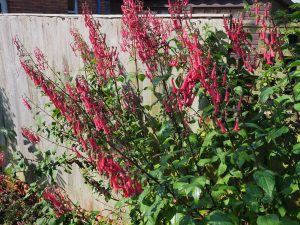
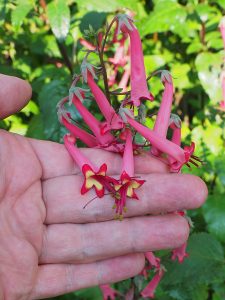
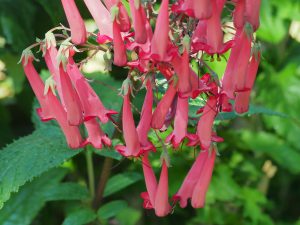
The Rhododendron ‘Harrow Hybrids’ on the drive are just coming out and what a sight these huge clumps are. Clearly Rhododendron auriculatum in the parentage to get such late flowering and the leaf clearly shows this too. I wonder how these three separate huge clumps came to be in the garden (actually there are four) and from what era, breeder or nursery? At least we have successfully layered this clump to ensure its survival although the layers are now too big to transplant. Just an extension of the clump in reality.
A party given by my brother for Savills staff at Burncoose to ‘launch’ the house on an overcast evening. You are seeing the ‘well behaved’ bit although I was dragged away at 7pm. Not since the last village fete or major staff party has there been so much ‘action’ around the house.
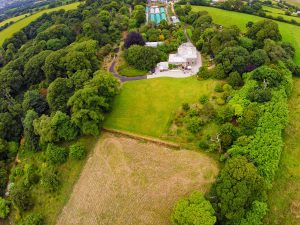

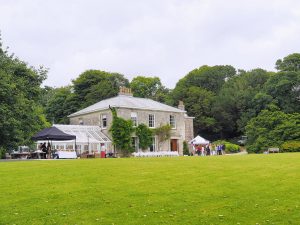


Ventnor Botanic Gardens moved from public to community trust ownership two years ago. Last year you could see the standards of care had risen but not so sure this time. Plenty of bindweed, still pathetically few name labels for a botanic garden and just how many Echium fastuosum can you stick? Soon time to restart whole areas but I guess they are struggling for cash although entry price is now £7.50 (ticket readmits free for a week which is an idea holidaymakers would like). Although my visit is exactly the same time as last year much is over. The Echiums are absolutely over as are the Cistus, Puya and most of the Callistemon. Many of the Lampranthus colours, there were six or eight, have died out or gone.
Three outstanding things did however catch the camera: Fucraea longaeva by the café were 15 feet or more tall in flower. Very different in flower to the Beschorneria yuccoides which flowers at Burncoose by the packing shed. These promptly die after flowering and two were already going in the succulent section. What an unusual sight and, of course, no label for the public on any of them.
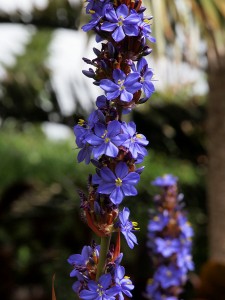
Sisyrinchium striatum in profusion on a very dry bank under a pine tree. Better than a stand of foxgloves today and the second best spectacle in the garden. Burncoose stocks it and the variegated form called ‘Aunt May’.
Magnolia grandiflora out and delavayi the last few weeks. Styrax japonica best thing in the place. Then the young leaves of the Rho Sir Charles Lemon. Several good Auriculatum hybrids. Didymum Rho good, also one Prophantum. Wet the last 3 weeks after a long dry spell.
1927 – JCW
Only a few Giganteum but they are good. Late rhodo’s remain. Late Plagianthus are hardly open. Griersonianum nice yet and so Eriogynum. There has been a lot of rain on and off for two weeks. American Pillar X X X.
1907 – JCW
Lilium giganteum just opening.




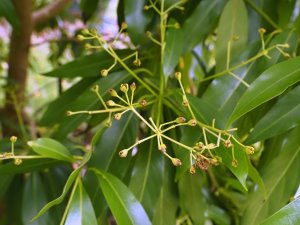
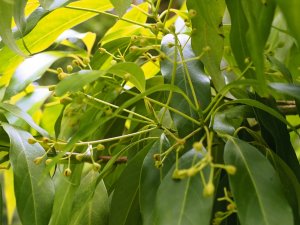
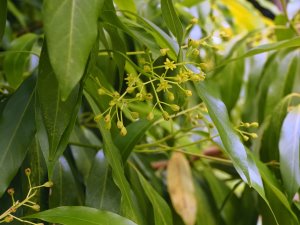
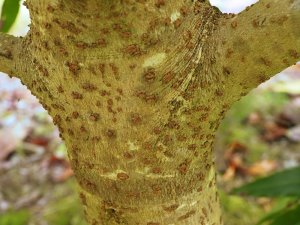
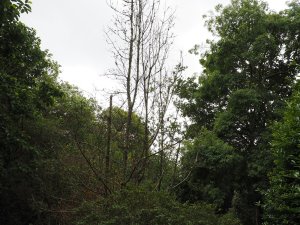
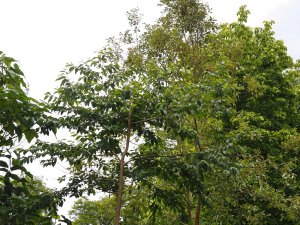
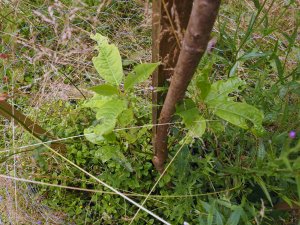
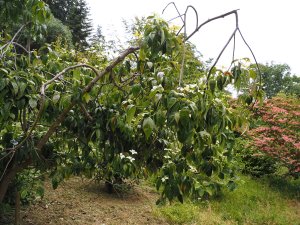
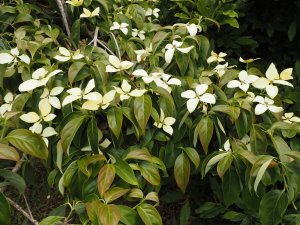
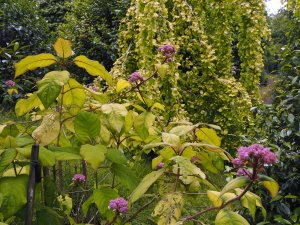
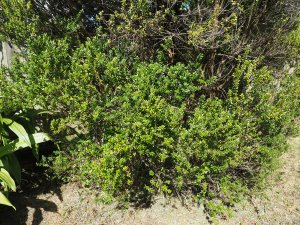
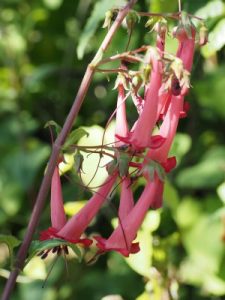
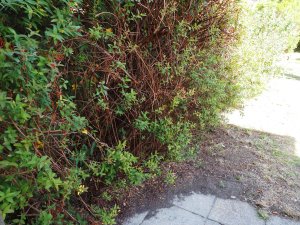
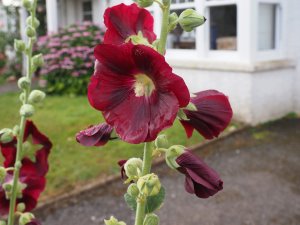
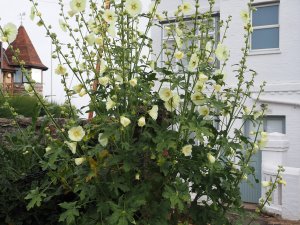
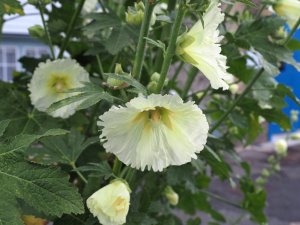
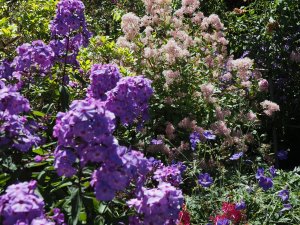
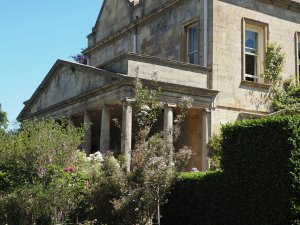
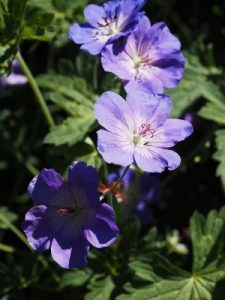
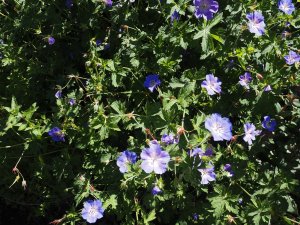
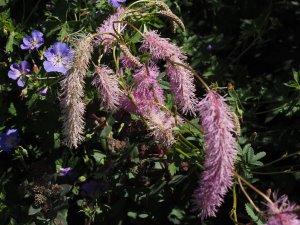
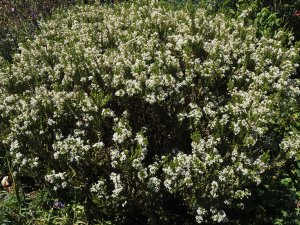
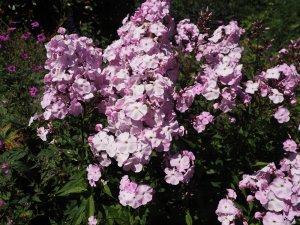
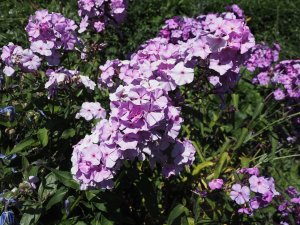
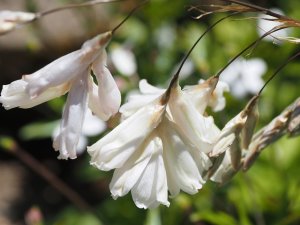
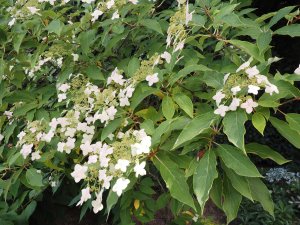
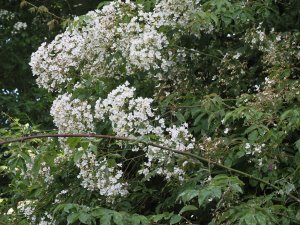
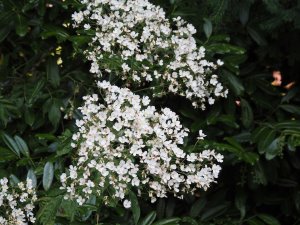
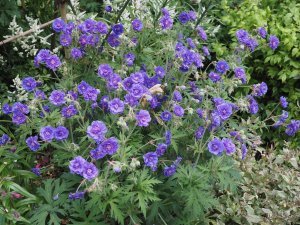
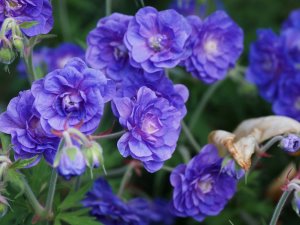
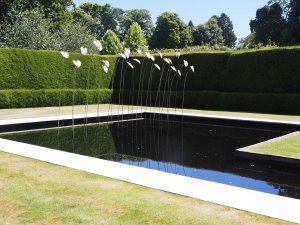
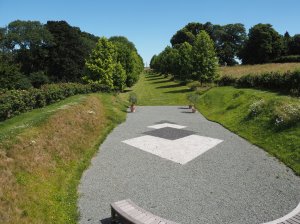
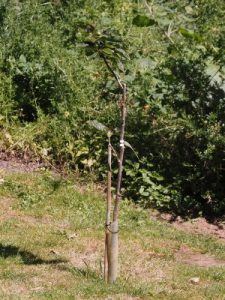
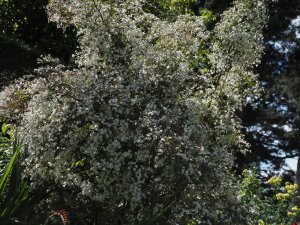
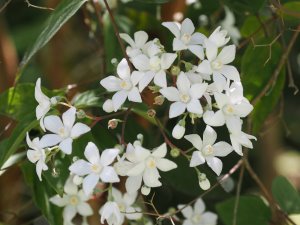
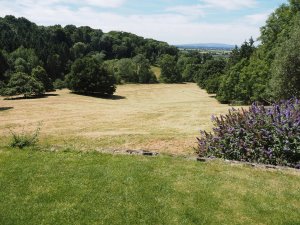
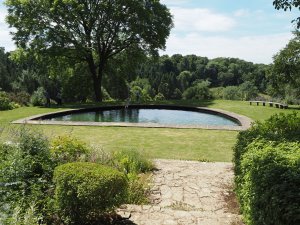
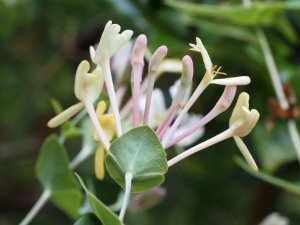
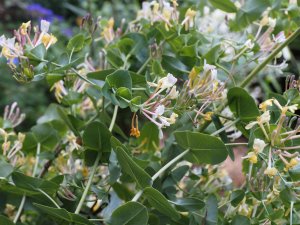
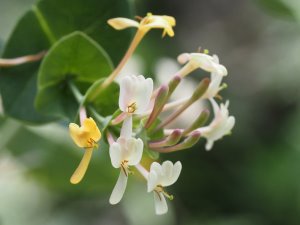
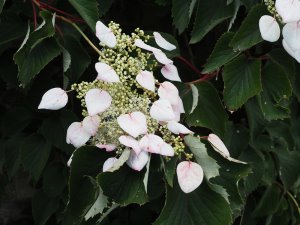
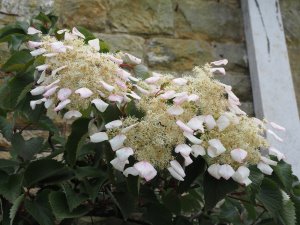
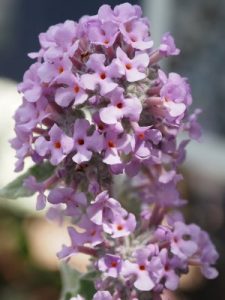
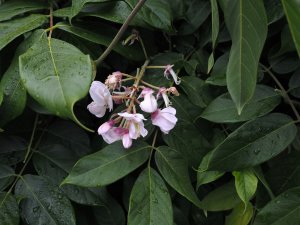
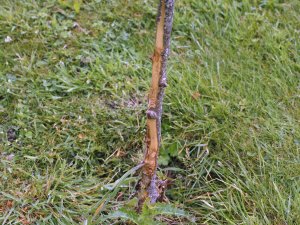
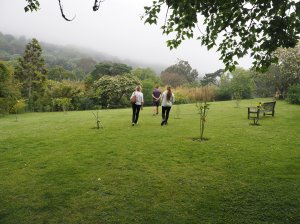
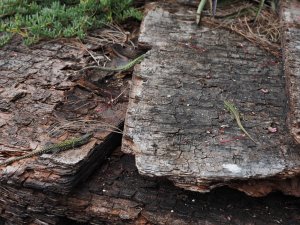
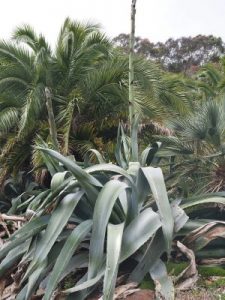
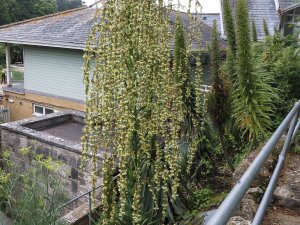
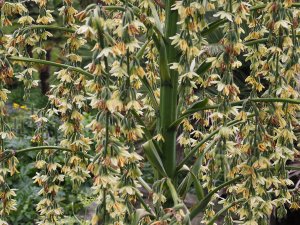
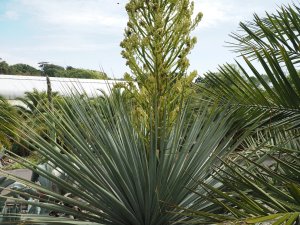
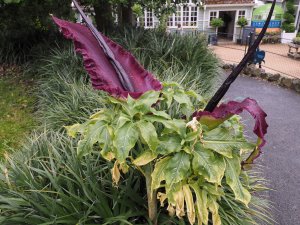
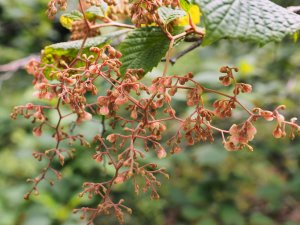
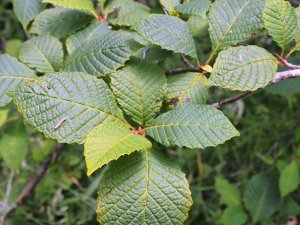
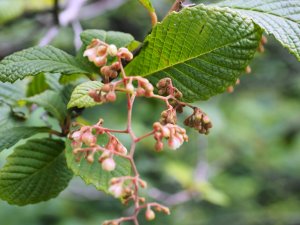
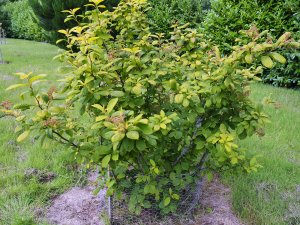
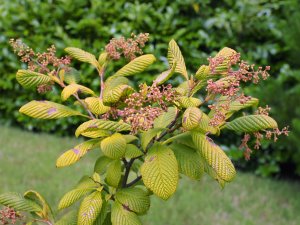
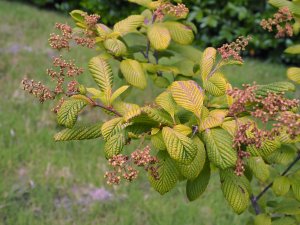
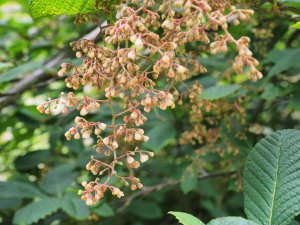
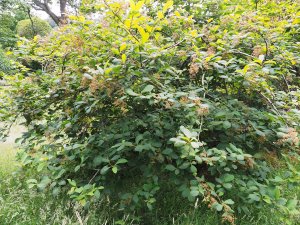
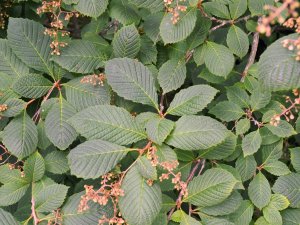
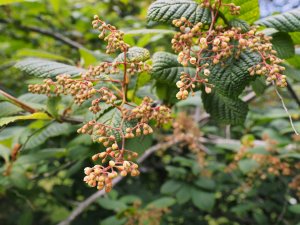
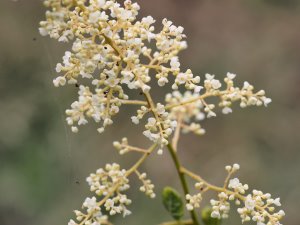
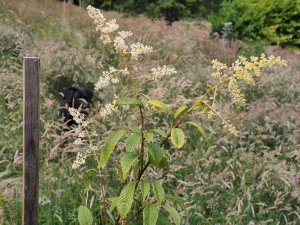
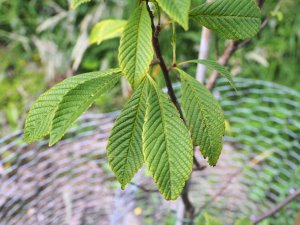
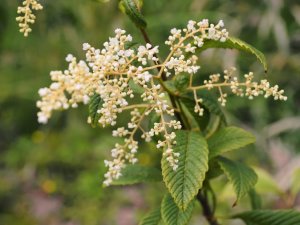
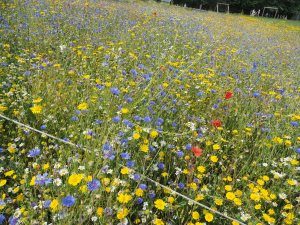
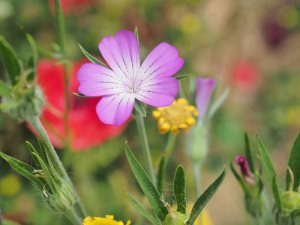
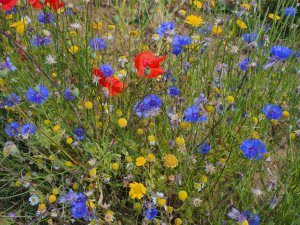

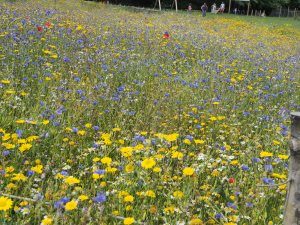
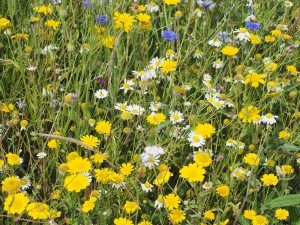
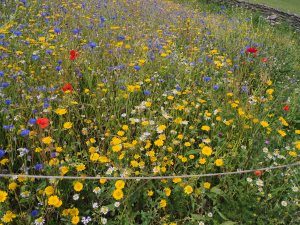
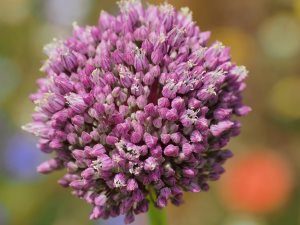


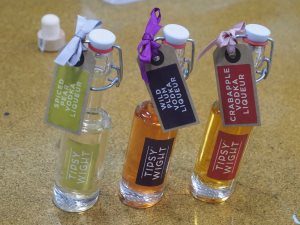
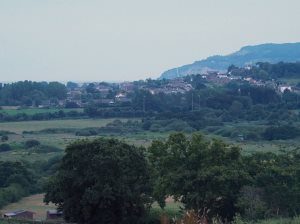
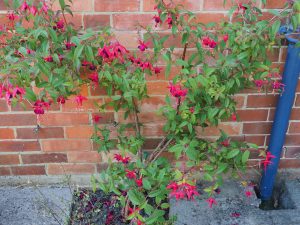
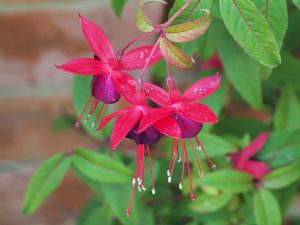
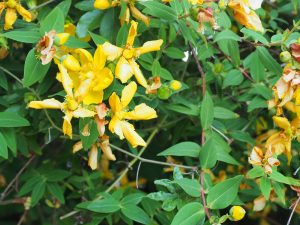
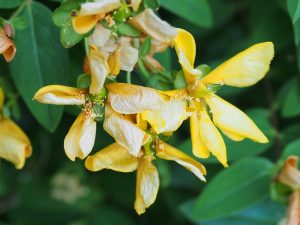
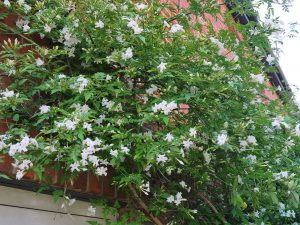
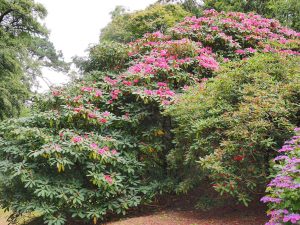
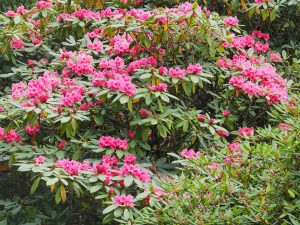
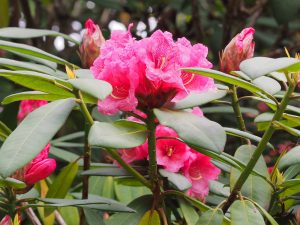
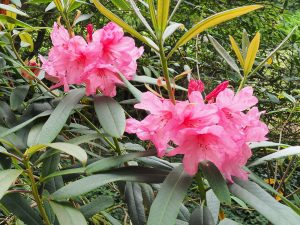
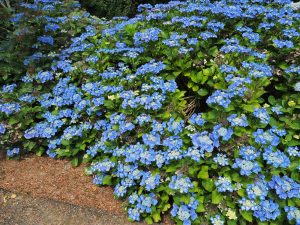
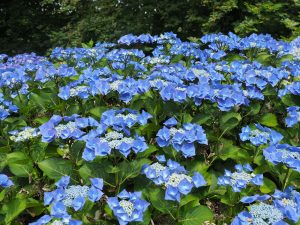
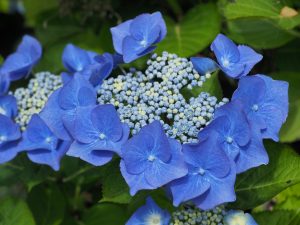
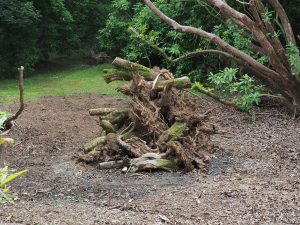
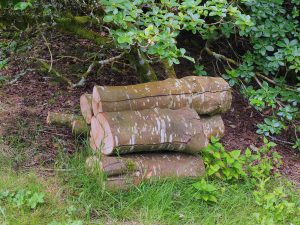
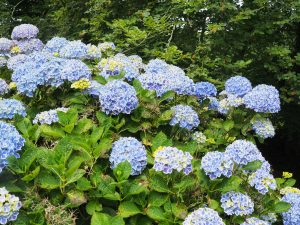
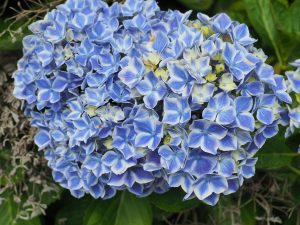
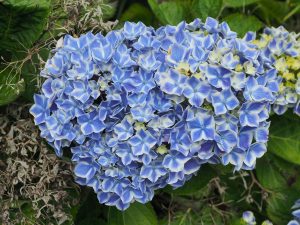
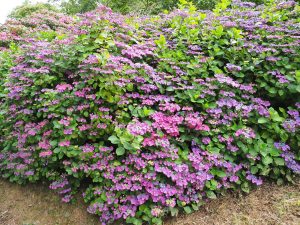
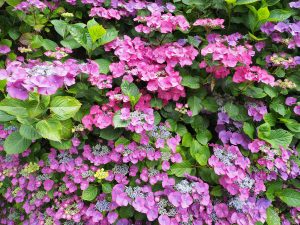
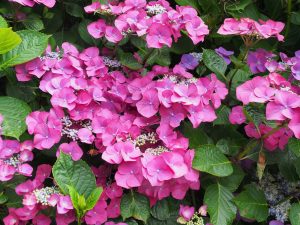
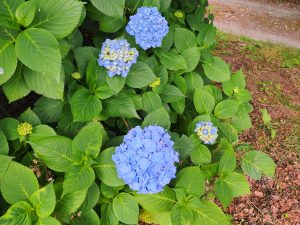
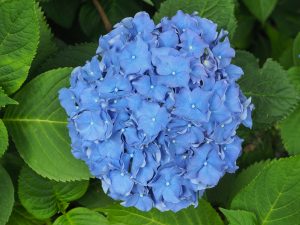
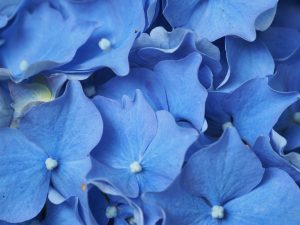
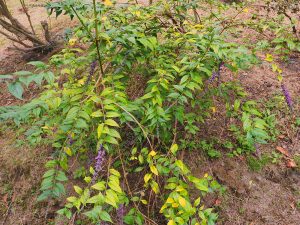
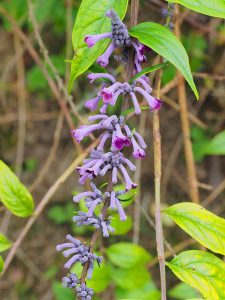
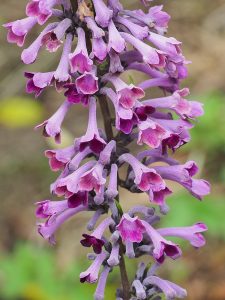

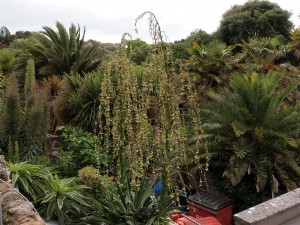
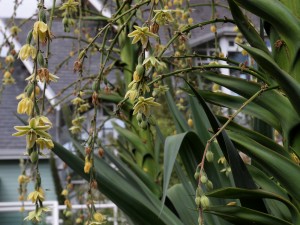
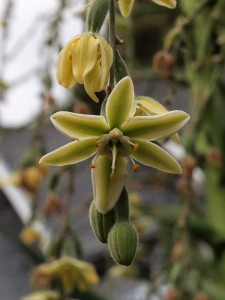
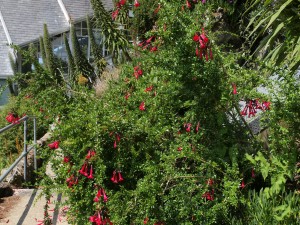
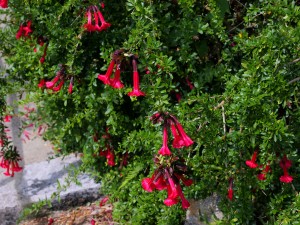
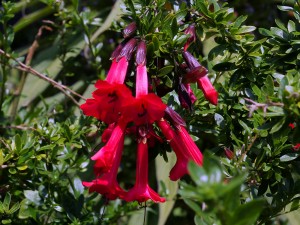
I think most people (garden adicts, of cours) recognize that behind the flowering Agave
there is a Phoenix canariensis palm and a smaller Brahea armata, no Washingtonia – a lapsus-, a further lapsus pennae in Furcraea, a Agave relative, named in honour of the french chemist de Fourcroy.